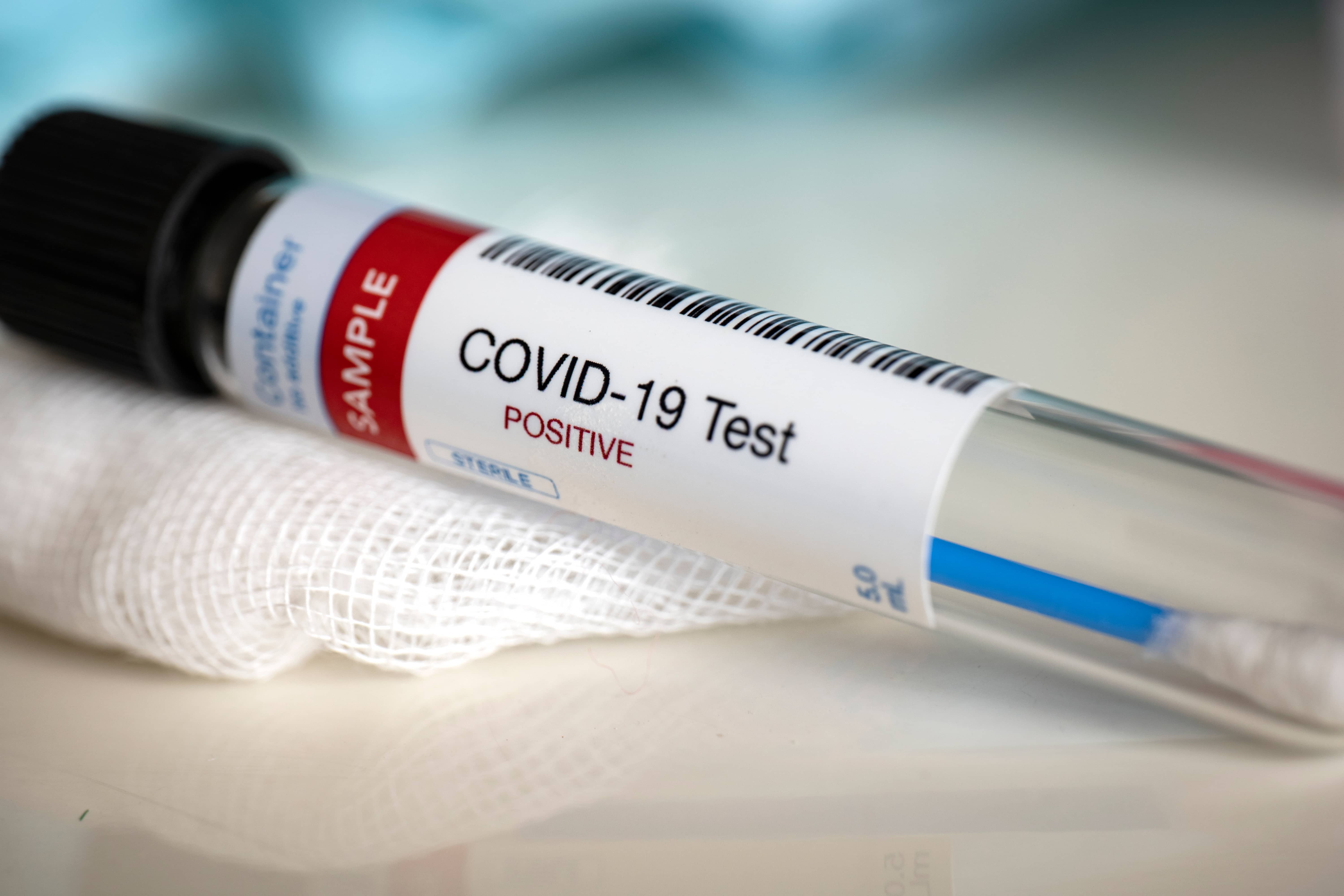
First, I made an appointment at Sonoma County’s emergency-focused website, socoemergency.org. After providing basic personal information including my health-care provider and primary-care physician, I scheduled my test at one of the county’s open testing sites, taking the earliest date available, which was five days out.
I arrived as scheduled, ready to do my part to understand the spread of COVID-19. The county encourages viral testing, which detects a current infection. According to the county, 40 percent of people who test positive have no symptoms but can still spread the disease. Broad testing increases the county’s knowledge regarding community transmission.
The line outside the site was short. Markers on the ground helped ensure social distancing. Once inside, I checked in with the staff and was led to one of the few chairs in the building. It was time to test.
The nurse began by showing me the testing instrument. It’s a long and slender cotton swab, just a few millimeters thick. She explained the process step by step: she was about to gently place the swab up my nose, and my eyes would tear up since she had to reach deep into my nasal passage to collect the sample.
Next, I was instructed to pull my mask down below my nose and lean slightly backward—as the swab went up my nostril, I took a deep breath. Within seconds, the swab was far enough up my nose to elicit a tear. At that moment, I felt a slight twist of the swab as she removed it, and the test was over.
Did it hurt? Nope, not at all. At worse, the test was uncomfortable—but only for a moment. Results (mine was thankfully negative) can arrive as quickly as within 48 hours, but it may take longer.
According to Rajina Ranadive, M.D., board certified internal medicine physician, St. Joseph Medical Group, recommended testing frequency varies. Because of limited testing capacity, those who are still sheltering in place don’t need to test regularly or at all. But those with increased interaction with the public, especially workers in essential sectors such as retail, as well as health-care workers, need to test more often. “It depends on exposure,” she says. “If you have daily exposure, it would be a good idea to test more frequently, as opposed to [those with] occasional exposure. Right now, [essential workers] are probably not getting tested as frequently as we would like.”
As for my experience, the process was quite efficient, other than waiting longer than expected for results, and it was certainly worth the time to help make sure I don’t unknowingly spread this novel virus in the community.




